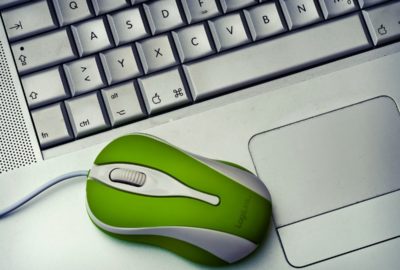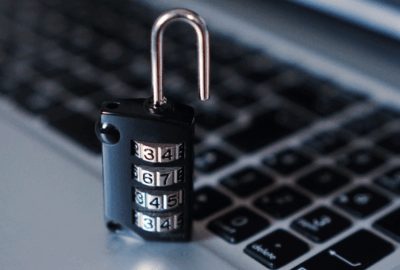
The digital world is full of fascinating and useful things, but it is also plagued by dangers that increase and diversify exponentially as technology advances. One of the most common threats is clickjacking, a malicious technique capable of sneaking into systems and allowing, among other things, the theft of sensitive user and business information.
Although the consequences of a clickjacking attack can often be slight, it has been shown that its scope can significantly compromise the security of the system in which it is introduced. Therefore, knowing how it works, as well as some best prevention practices, is vital to avoid becoming a victim of this malicious technique. Read on and find out everything you need to know about this cyberspace threat.
What exactly is Clickjacking?
Clickjacking, also called UI Redressing, is a malicious technique designed to persuade an Internet user to click on links that appear to be secure, but which are intended to give the hacker the opportunity to steal information or take control of the user’s computer.
In other words, it is a form of malicious hacking that gives the attacker the opportunity to access sensitive data, install malware or, in some cases, create “zombie” PCs. In the worst case scenario, the cybercriminal can gain control of a company’s vital services in order to achieve economic benefits through extortion.

Clickjacking attackers often use hidden frames to steal information. Although not a new technique, hackers strive to find innovative ways to deceive users. So they do not hesitate to use their mastery of the web, their knowledge related to the behavior of Internet users and new technologies (html5, display none, etc.), to perfect their malicious techniques.
In short, how does it work?
- The cybercriminals behind clickjacking tend to proceed as follows:
- They locate vulnerable pages, in which users are invited to perform some action through a link or button.
After that, they integrate a malicious code from another page that they control.
There are many ways in which these hackers can deceive the user, for example, they can use the style properties offered by HTML/CSS to make the vulnerable page transparent.
The most common examples of clickjacking attacks are likejacking and tweet bomb. The first, aimed at the social network, aims to make a page increase its popularity. The second is aimed at massively transmitting a message on Twitter, most of the time with advertising.
However, a clickjacking attack can also entail a considerable risk for the applications of companies that handle sensitive data.
How to effectively protect your company from clickjacking?
More than any internal error of the systems, it is the users who represent the most common entrance door for this type of attacks. Especially those who are more technologically “naive”.

This means that regardless of whether a company has the latest in security technology; there may always be some misinformed user who allows the intrusion of some malicious element. That’s why applying preventive measures is vital when it comes to keeping systems protected. Among those measures we have:
#1 Start with the browser
Even during their normal activities, company members can become victims of such attacks. That’s why, as a preventive measure, it’s best to start by protecting your browser.
Install add-ons such as NoScript and NotScript. They are able to allow users to identify trusted domains. It is important that before executing any measure, you carry out an awareness campaign among the members of the company. This will allow you to keep abreast of security strategies and promote a more efficient culture of collaboration when it comes to preventing any type of attack.
#2 Install a web application security tool
It seems a fairly obvious measure, but for many companies, it is not. Some organizations still don’t integrate solutions into their systems that allow them to automatically protect their digital assets.

This is a great advantage for cybercriminals as it reduces the amount of effort they have to make to infiltrate a system. To avoid being another victim; it is essential to install a tool that provides security to web applications even when IT teams are not active. An excellent option, in this case, is the Tenable.io solution. Able to protect web applications, cloud assets, and computer containers.
#3 Use X-Frames options
Most common browsers, including Microsoft IE, Google Chrome; Apple Safari and Firefox, support the HTTP Header X-FRAME-OPTIONS option. It allows you to specify whether or not the browser should display a page in a tag <frame>, <iframe> or <object>.
You see, they are simple but effective strategies. Try to apply them all to ensure effective protection of your systems. If you want more information about the best IT security tools, do not hesitate to contact us. At GB Advisors we strive to help our clients have efficient and secure IT environments.



